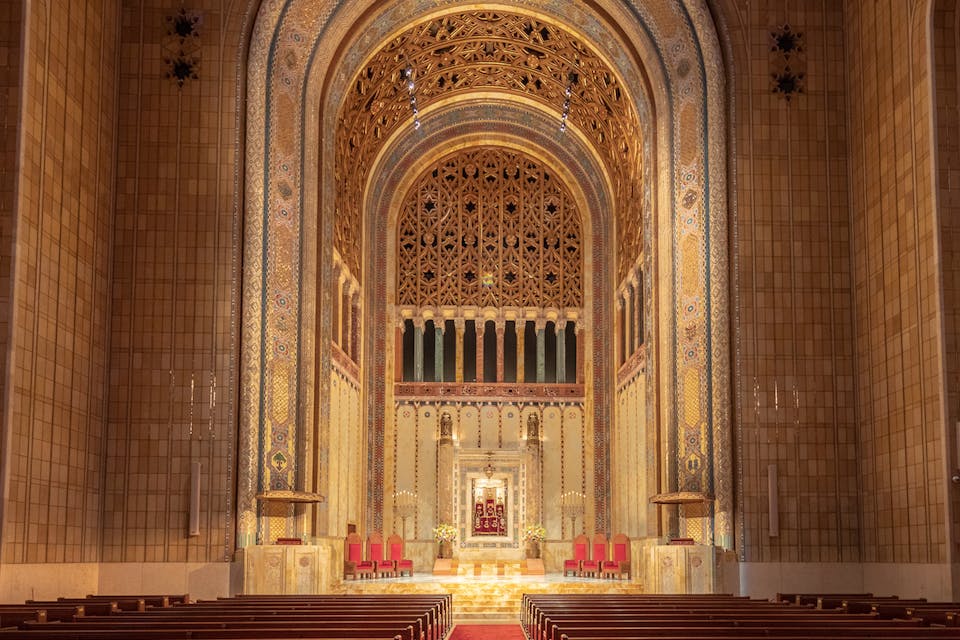
January 5, 2021
The Common Cause of Religious Americans
By Rabbi Meir SoloveichikWhat once made America different and better is now being rejected.
The ruling issued by the Supreme Court on Thanksgiving eve, in a case pitting an Orthodox Jewish group and a Catholic diocese against New York’s governor, was unremarkable. What was remarkable were the remarks made by those who found it remarkable.
The 5–4 per curiam decision recognized that the state, in order to ensure public health, is entitled to limit capacity in churches and synagogues and even shutter them if necessary. It merely asked that authorities, in allowing for exceptions during a lockdown, apply the same standards to synagogues and churches that they do to bicycle shops, acupuncturists, and insurance offices. It is true that worshippers linger longer in a house of worship than shoppers do in some of these establishments, but the court found that the state had taken no notice of the fact that sanctuaries are often vast and can space masked men and women.
Several of the dissenting justices also seemed to agree that the disparity was striking. John Roberts admitted that the restrictions “did seem severe, and possibly in violation of the Free Exercise clause.” But he argued that, since the restrictions had already been lifted, the court did not need to insert itself. Stephen Breyer acknowledged that the maximum numbers ordered by the state were “indeed low,” but said that the Supreme Court did not need to issue an injunction while the matter was still being considered by a lower court. These dissents were issued respectfully, in what should have been a standard, though narrowly decided, Supreme Court case.